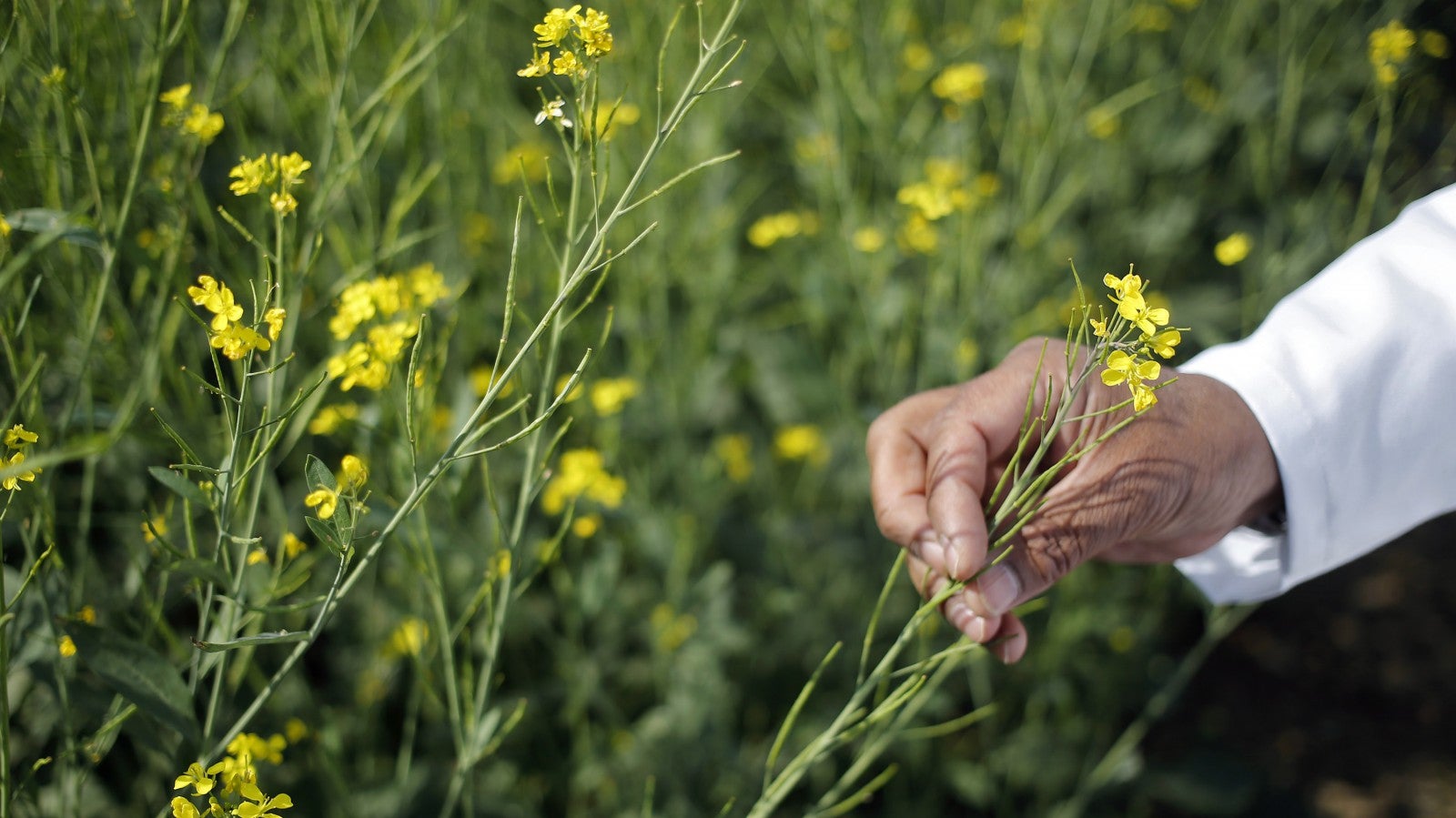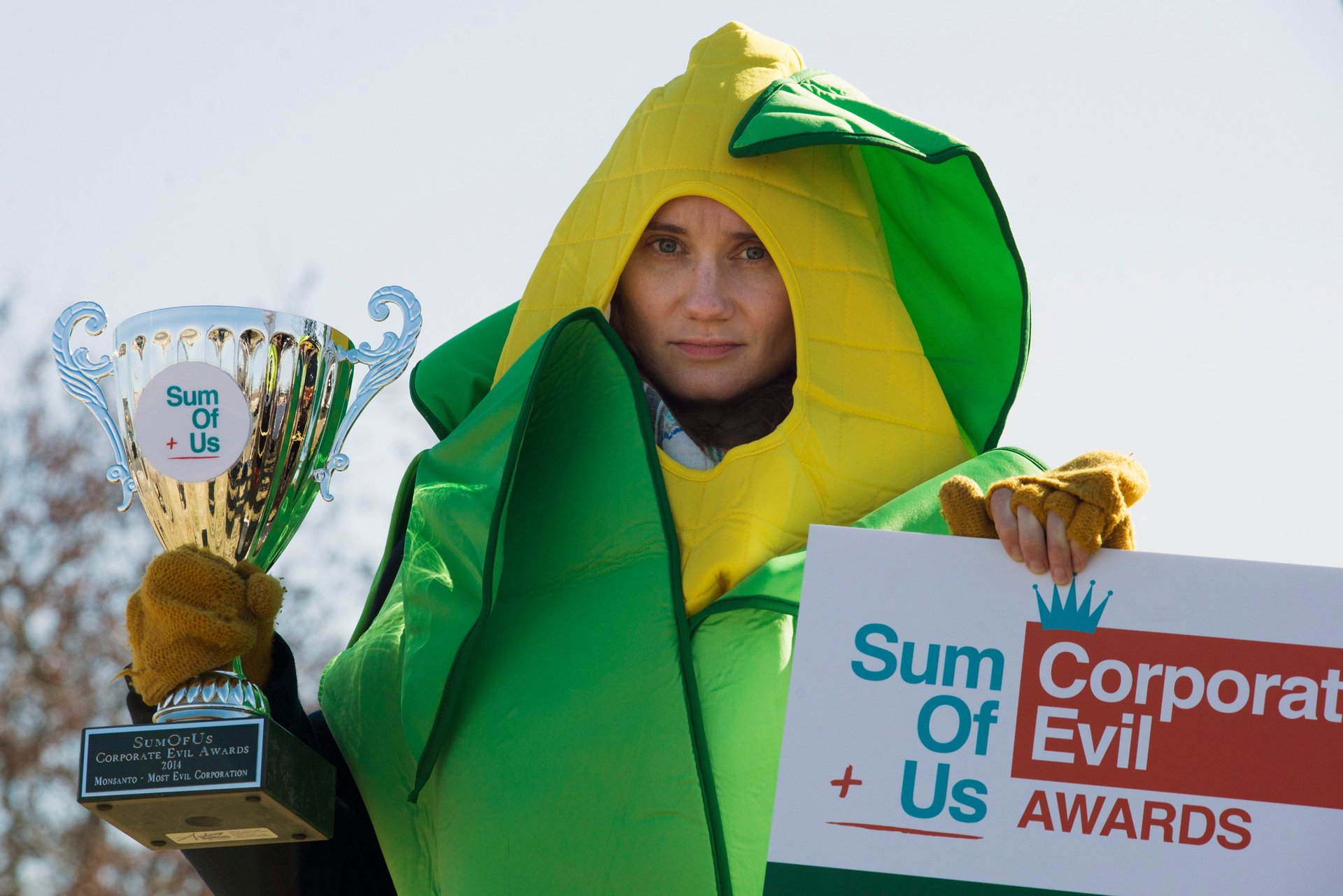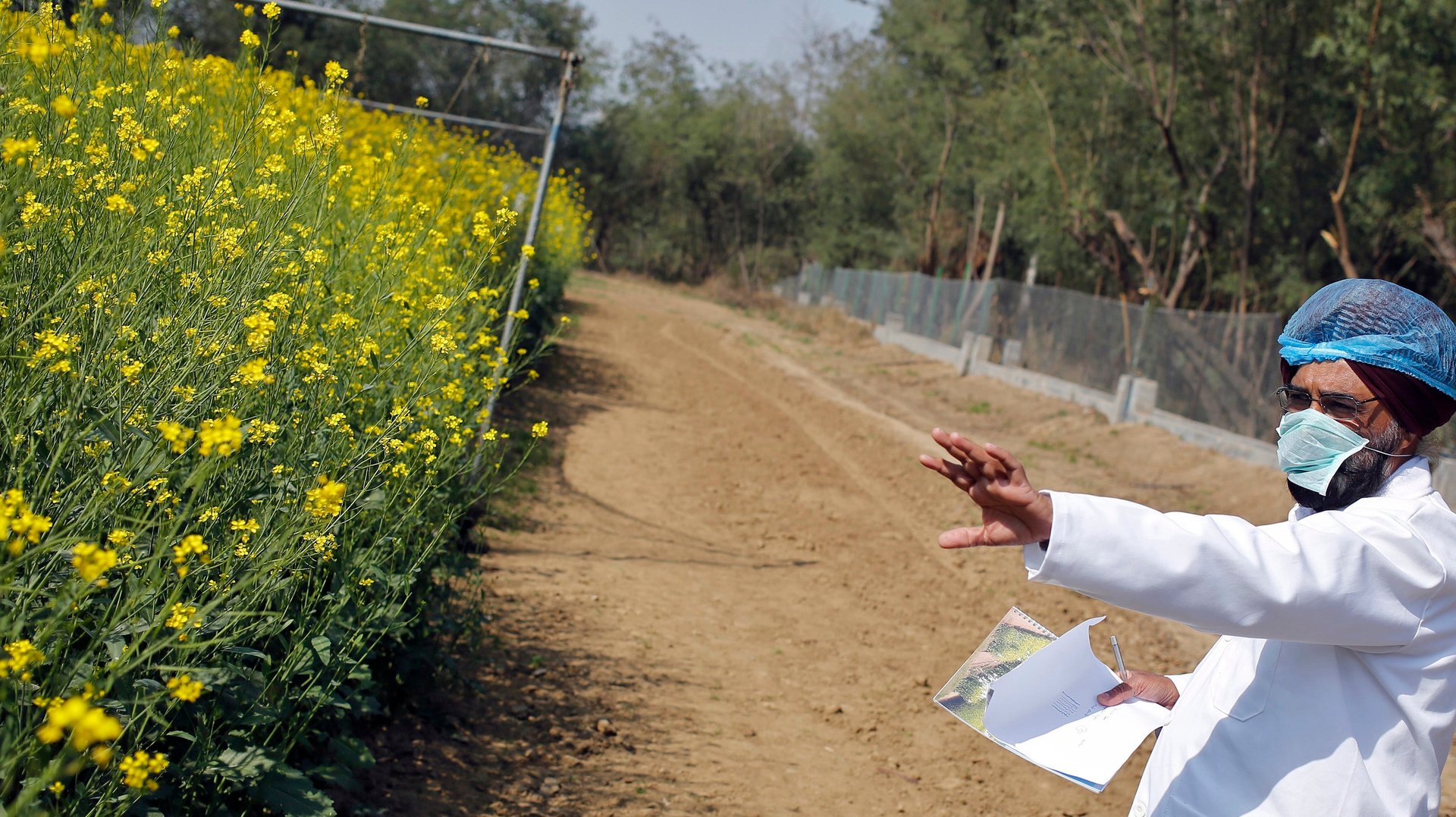Those evil GMOs aren’t as evil as you think
For many activists, genetically-modified anything is unacceptable. It is unfortunate that many advocates of sustainable agricultural practices and “green” thinkers have embraced ideas that lie well outside scientific reality, and have let the anti-science zealots control the environmental movement. The fact is that humans have been genetically modifying plants for more than 10,000 years.


For many activists, genetically-modified anything is unacceptable. It is unfortunate that many advocates of sustainable agricultural practices and “green” thinkers have embraced ideas that lie well outside scientific reality, and have let the anti-science zealots control the environmental movement. The fact is that humans have been genetically modifying plants for more than 10,000 years.
Agriculture itself is unnatural. It took our ancestors tremendous time and effort to clear forests to make way for open fields, plant crops, and develop reliable food sources.
But, these painstaking efforts were a tremendous benefit to the human race and were the driving force behind the growth of civilizations. Humans were no longer hunter-gatherers, and were free to develop stable societies since the basic needs of food had now largely been met.
It is unlikely that anyone took issue with this new luxury of food security at the time, which makes the vehement attitudes today toward genetically enhanced foods especially perplexing.

Modern agricultural biotechnology represents a natural progression from its simpler roots of natural selection and artificial selection. Thousands of years ago, if growers happened upon a particularly beneficial crop, they would try to replicate that plant as opposed to the one that did not grow well or taste good. From these humble beginnings came the ability to study, select, experiment, identify and create beneficial crops. Today, we can generate them by placing a single desired trait and can replicate that many times over.
More evidence is accumulating that genetically enhanced foods could actually be the “greener” option.
In the past two decades since the first introduction of this new chapter of agriculture, two traits represent the majority of those genetically enhanced crops. The first is the “Round-Up Ready,” or herbicide-tolerance trait, which allows farmers to treat their fields to kill weeds, while leaving the crop-plant unharmed.
The argument against using this trait is that they will increase the use of these herbicides. It is true that the use of glyphosate (the active ingredient in Round-Up®) has more than doubled since 1996. But what is lost in this debate is how glyphosate is relatively non-toxic compared to the alternatives; for perspective, glyphosate is about half as lethal as vinegar, which is a recommended “natural,” home-gardening herbicide.
Glyphosate is not strong enough to persist in the environment for more than a few days after application. Most importantly, it has allowed farmers to implement no-till and other conservation-till agriculture techniques, saving a billion tons of precious topsoil from eroding and increasing soil organic content. Since the prevalence of Round-Up ready crops, the use of these environmentally friendly techniques has gone up by over 40%.
The second trait is called “Bt” for Bacillus thuringiensis, a bacterium. Plants that are transformed inserting a gene from this bacterium produce a natural protein called Cry1A, which is harmless to humans, but lethal for specific insects like the corn borer. Ironically, Bt/Cry1A sprays have been approved for use by organic farmers who face crop damage caused by insect attacks. Do anti-GMO activists feel that it is okay to douse your plants with this spray, but it’s not okay to develop a plant that can make its own Cry1A protein?

The environmental benefits of Bt-crops are also well documented—the use of highly toxic insecticides has decreased 10-fold in the US, and surprisingly, the diversity of beneficial insects in fields in China has been enhanced by adopting these crops.
Overall, the use of these technologies over the past two decades has decreased land use by over 100 million hectares, thus saving precious natural resources and biodiversity. If just two traits are having such a tremendous positive impact, one can only imagine the potential benefits that future varieties could bring to farmers and consumers—drought-tolerant crops that save water, more vitamin-producing cereal crops and non-allergenic peanuts are just a few examples.
But still the fear persists that these tremendous advances in agriculture are harmful to the end consumers. Rest assured, before any of these foods reach the market, they follow a decade-long regulatory process and must be considered “generally regarded as safe” and “substantially equivalent” to conventional counterparts before they can be approved for field cultivation by the USDA, FDA, and EPA.
No other crop-development technology, be it selective breeding or mutagenesis breeding, is scrutinized as thoroughly.
With the fear mongering now associated with the terms “GMO” and “genetic engineering,” it’s time to switch to the more informative “genetic enhancement,” because we’re truly enhancing all that science and agriculture have to offer for the plates here and around the world.
We’ve come a long way from painstakingly selecting and replicating beneficial varieties of food crops. It would be a shame if progress is hindered or halted by people who wrongly believe they’re making the world a better place by opposing beneficial, sustainable technologies, while advocating for the more expensive organic or natural produce that have no scientific backing to justify the extra expense.